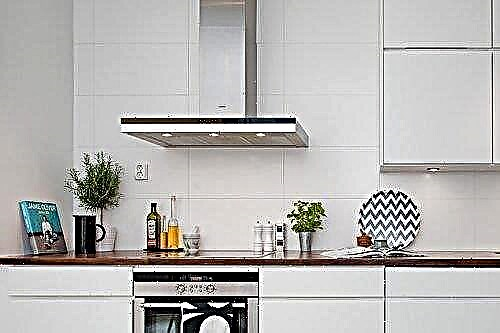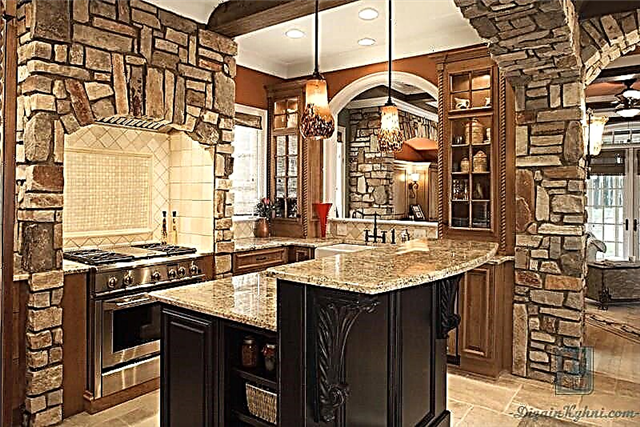When purchasing LED lamps, users often wonder about ensuring their maximum safety. As a rule, often devices are purchased without diffusers, so that the client has the opportunity to independently choose what type of light beam he wants to see in his room.
Depending on the decor, various types of diffusers can be used, which ensure the safety of LED lamps, improve the outgoing light beam. Indeed, it is sometimes easier to replace this device than the entire lamp.
Company "All-LEDs" offers its customers a wide range of diffusers for wall and ceiling LED lamps, which you can buy at the most affordable and affordable prices with delivery in St. Petersburg and the region.
For customer convenience, the product catalog is constantly updated, which makes it possible to maximize the satisfaction of existing demand from consumers.
What diffusers do we offer?
LED Diffuser Types:
- with opal diffuser
- with prismatic diffuser
- the diffuser of the Microprism form,
- “Crushed ice” type diffuser.
All available diffusers are made of the following types of materials:
- polycarbonate
- polystyrene
- from silicate glass.
For regular customers, partners and new customers, we offer lamps that come in tandem with diffusers:
- recessed lights,
- overhead lights,
- pendant lights.
To purchase the components and lighting equipment that interest you, just fill out the application form on the website or call the indicated numbers. Within a few minutes, a manager will contact you to provide the necessary amount of information and relevant details for payment.
Features
Diffusers, or plafonds, are an optional part of the lamp, they play a secondary role, however, there are situations when their presence is simply necessary. For example, to protect against excessive lighting, since this product is a kind of light filter, or a change in the design of the lighting device. In these situations, it is much more rational to install a different ceiling than to buy a new lamp.
The diffuser as a structural element of the lighting device performs a number of important functions:
- Distributes light from the main source, creating uniform illumination.
- Protects eyes from bright light.
- It performs the function of protecting the lamp from all kinds of mechanical influences, as well as dust, moisture and insects.
- It is a great addition to the overall interior design.
An important characteristic of luminaires with diffusers associated with the field of application of devices is the scattering angle, which is understood as the region where the light fluxes diverge from the source.
LED lamps with different scattering angles make it possible to create complex lighting devices that can solve several design problems at the same time.
Production material
For the manufacture of diffusers, many materials are used, each of which affects the degree of refraction and scattering of light radiation. Also, some properties of the ceiling depend on the quality of the material - this is durability, and resistance to mechanical stress, and reliability, and frost resistance.
The material for the lampshade can be ordinary or acrylic glass, thermoplastic, monolithic polycarbonate, light-scattering plastic, various metals, etc.
Why luminaires are equipped with a diffuser
This device when using LED lighting devices is of secondary importance. In order to save money, it is allowed to use LED-illuminators without a diffuser. Therefore, in order to accurately understand whether you need it or not, it is worthwhile to first study the purpose of this element.

Light diffuser performance
- Protection of the light source from mechanical stress. If a third-party object enters the lighting device, this particular structural element will take a hit.
- Uniform distribution of a light stream. Depending on the topography and structure, each individual variant of the diffuser distributes light radiation in its own way.
- Design decision. It helps fit into the LED lighting device in the interior of the room, if its bandwidth is not of particular importance.
- Protection against excess light radiation. Sometimes it is more advisable to additionally install a diffuser than to change a lighting device.
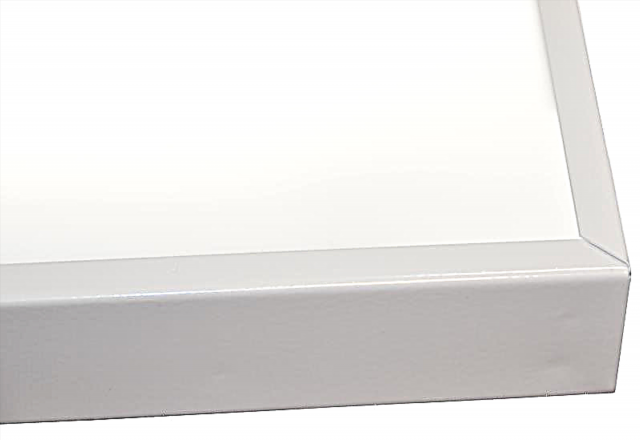
Diffuser Options
In the modern market of lighting equipment, a sufficiently large number of such devices of various designs. Raster lamps 595 * 595 are quite popular.
The most popular of them are the following types:
- Prism. Product specifications: manufacturing material - polystyrene, product thickness - 2.5 mm, throughput - 85%.
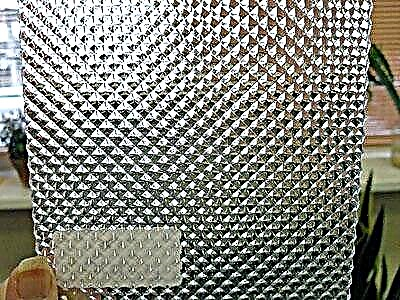
- Microprism. Product specifications: manufacturing material - polycarbonate, product thickness - 2 mm, throughput - 83%.
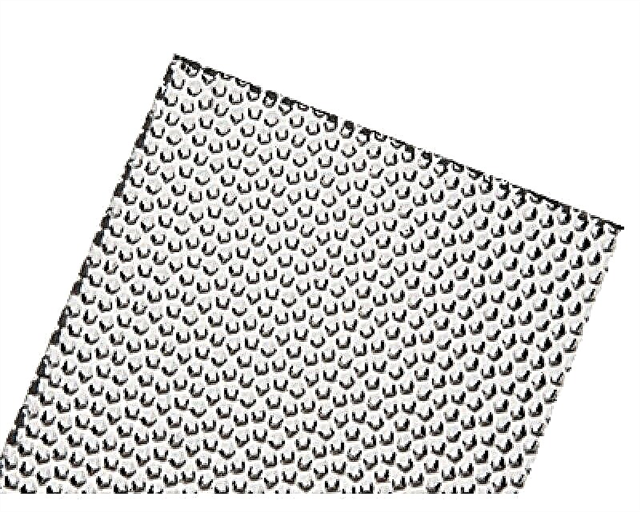
- Opal. Product specifications: manufacturing material - PMMA, thickness - 1.5 mm, throughput - 73%.
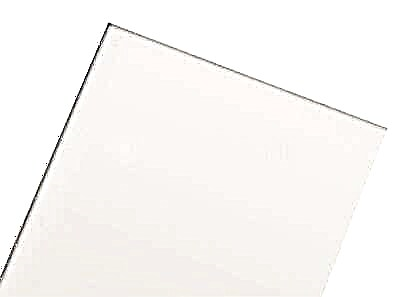
- Crushed ice. Product specifications: manufacturing material - polystyrene, product thickness - 2.5 mm, throughput - 88%.
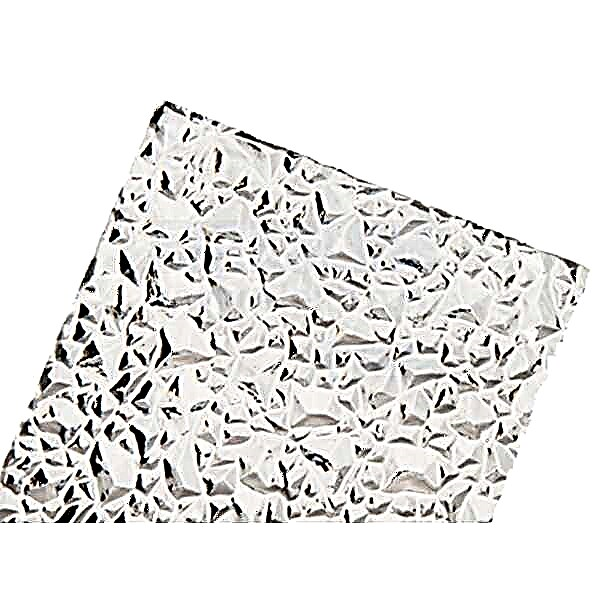
- Pin spot. Product specifications: manufacturing material - polystyrene, product thickness - 2.5 mm, throughput - 89%.
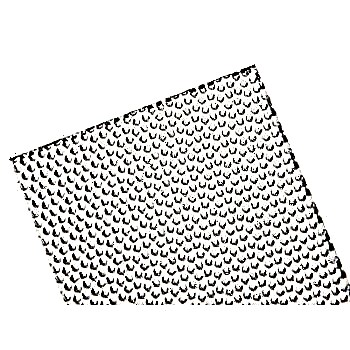
- Honeycombs. Product specifications: manufacturing material - PMMA, product thickness - 3 mm, throughput - 85%.
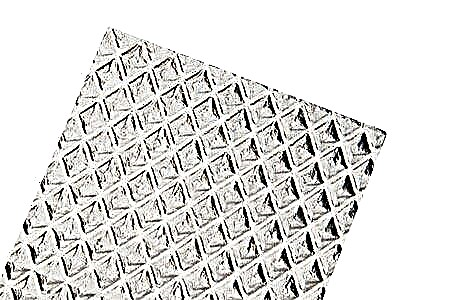
Important! For the production of these diffusers, only modern consumables are used, which are not covered with yellowness throughout the entire operational period.
Also, this device has an attractive appearance, provides the ability to close the general power supply of the lighting device itself.
Prism
The product got its name thanks to the consumable used for its production - organic glass having a prism structure.
Main advantages:
- Attractive appearance.
- The increased luminous flux throughput is in the range of 85-90 percent.
- Uniform distribution of light radiation - scattering angle of approximately 175º.

For the manufacture of this product frosted glass was used. But due to the small bandwidth, which is about 73 percent, they are used quite rarely (exclusively as design elements).

How to choose the best option for a lamp with a light diffuser
It is recommended that you first look at the throughput rate. The higher its value, the brighter the lighting device will illuminate the room.
For your information! The greater the light transmission of the diffuser, the more expensive the LED lamp.
But you should not buy the most expensive models, since their operational characteristics are not always practical.
For example:
- for office premises the diffuser for the lamp - a prism is an optimum option. The thickness of the product, the material of manufacture in this case are not of particular importance,
- if the main purpose of the lighting device is to decorate the room, then it is recommended to pay more attention to its appearance and throughput of the diffuser. Experienced designers most often use devices with an opal diffuser.
Important! In order to protect the LED lighting fixture as much as possible from possible mechanical impact, it is recommended that they be additionally fenced with a metal grill.
Reflective grilles
The modern market of lighting equipment presents many models of LED lamps, on which a diffuser is not provided, but special reflective gratings are installed (the angle of light flux is 120º). Such products are intended for the organization of lighting systems in rooms with high ceilings - more than 2.5 m. The reflector provides protection against possible mechanical influences.
Such lighting devices are not recommended to be used with protective caps removed!
Important! If the lighting is arranged in a room with low ceilings (up to 2.5 m), it is recommended to use a prism, which has a light diffusion angle of 175º. This will provide effective coverage of the entire area.
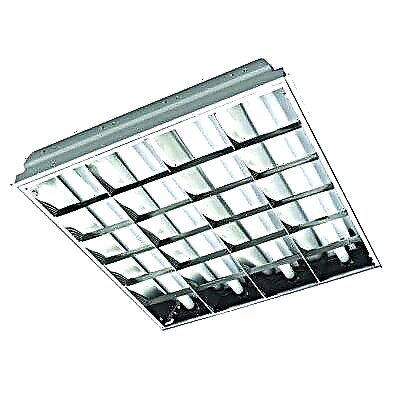
Raster lights 595 * 595 became popular due to previously used analogues with fluorescent lamps. These devices have been converted for the purpose of economy. So a 36 W LED lamp replaces an 80 W fluorescent lamp.
For your information! On lighting equipment, LED elements of different capacities can be used.
How to make a diffuser yourself
In order to make a diffuser of light for a LED lamp in your own home, you need to prepare a consumable material, depending on the type of product (presented above) and the following tool:
- glass cutter
- cutter,
- nichrome thread,
- hair dryer,
- drill, set of drills for glasses of various types.
Important! The selection of consumables, tools may vary depending on the final type of product.

Step-by-step instruction
- We take a transparent or frosted glass.
- We cut out the required diameter of the light diffuser (its parameters completely depend on the size of the lighting device itself).
- The bulge of the product (if necessary) is attached using a special mounting hair dryer (thermal).
- The product must be allowed to cool, after which it remains only to fix it on the lamp.
For your information! On the overall lighting devices, this element is attached to the aluminum profile. The illuminator frame made of such a profile may be rectangular or round.
Appointment
The diffuser plays a secondary role in the use of LED lighting, and even the operation of a led luminaire without a diffuser is allowed (for example, in order to save).
- Protection against mechanical damage - if a foreign object enters the lamp, it will take a hit on itself.
- Uniform distribution of light - each type of diffuser distributes the rays of the light flux in its own way, depending on the structure and topography.
- Interior design - when you need a LED lamp to fit into the interior, and the throughput does not matter.
- Protection from excess light - there are situations when it is more advisable to replace (install) the diffuser than the lamp itself.
There are different types on sale, but in practice 5 main ones have found their application:
- Prism - light transmission - 85%, material - polystyrene, thickness - 2.5 mm.
- Microprism - light transmission - 83%. material - polycarbonate, thickness - 2 mm.
- Opal - light transmission - 73%, - material - PMMA, thickness - 1.5 mm.
- Chipped ice - light transmission - 88%, material - polystyrene, thickness - 2.5 mm.
- Pin-spot - transmittance - 89%, material - polystyrene, thickness - 2.5 mm.
- Honeycombs - light transmission - 85%, material - PMMA, thickness - 3 mm.

All of these types are made of modern material and do not turn yellow over time. Appearance allows you to hide the inside of the LED lamp, no one will see the power supply.
Which to choose
First of all, you should pay attention to light transmission. The higher the value, the more light the diffuser will pass through itself, respectively, the brighter it will be in the room.
The higher the light transmission, the higher the price. And the use of expensive is not always justified. For offices, the best solution is to combine a LED lamp with a Prism. Thickness and material for the office play a secondary role.
If the main purpose is decor, then you should try to choose the optimal ratio of light transmission and appearance. The combination of an LED lamp with an opal diffuser is considered the best design solution.
Lighting should be calculated taking into account the loss of light in the diffuser. For example, an LED lamp produces 2600 Lumens, you chose Opal, its light transmission is 73%, as a result we get 2600 * 0.73 = 1898 Lumens.
The best way to protect the LED lamp subjected to strong mechanical stress is to fence it with a metal grill or move it to another place. From moderate impacts from below, you can protect the diffuser with a thickness of 2.5 mm or more: prism, crushed ice, honeycomb. The optimal choice for this purpose is a prism, because combines the best ratio of light transmission and strength.
Useless detail
Any lighting devices create a luminous flux of a certain level. But it can be changed. For these purposes, the diffuser was invented. With it, you can simulate the luminous flux and make the lighting softer. Most often, the diffuser is used to modulate the light emanating from modern economical bulbs (LED, fluorescent, halogen, etc.) screwed into the luminaires.
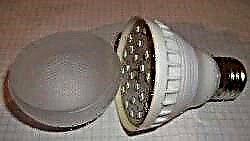
LED lamp with diffuser
Particular attention should be paid to LED lighting. The LED gives a narrow and clear light. Therefore, looking at him will not be too comfortable. Therefore, this situation must be corrected with the help of diffusers. This also needs to be done because such recommendations are spelled out in SNiP.
Note! The exception in terms of modulating the luminous flux to the optimum level is only street lamps, as well as the illumination of architectural structures.
The diffuser in LED lights must perform the following functions:
- protect the LEDs (or other light source) from environmental influences,
- create for the eyes a comfortable and proper distribution of the light flux emitted by the light bulb,
- increase the durability of the lighting product,
- increase the resistance of the device to various kinds of chemical influences.
As you can see, it is impossible to make the usual replacement of a fluorescent light bulb with an LED light source. Here necessarily arises the need to additionally install a diffuser. As a result, you yourself will receive an economical, modernized and harmless lamp, the light of which is suitable for a comfortable stay in the room during its operation.
For many fixtures (for example, brands Armstrong, Opal, etc.), this element is made of plexiglass. The diffuser can be made of the same material with your own hands at home.
Material for work
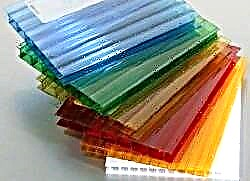
Today, there is a wide variety of materials from which you can make such an element as a diffuser yourself. As a rule, it must be done for LED types of lamps of the brand Armstrong, Opal, etc.
The list of materials suitable for the manufacture of a diffuser includes:
- polycarbonate. It is able to withstand a sufficiently high temperature, therefore it is considered less fire hazard than, for example, acrylic glass. In addition, he is able to withstand various mechanical influences without any consequences for the lighting device.Prismatic diffuser models are made of polycarbonate. To increase the strength use monolithic polycarbonate. This material will be several times stronger than glass,
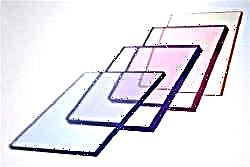
Note! Resistance to aging is very important for LED lamps, as this light source also has one of the longest periods of operation (over 50 thousand hours). Especially often such diffusers are found on Opal and Armstrong lamps.

- polystyrene. This material also has all the necessary properties in order for diffusers to be made from it.
All of the above materials are an alternative to standard silicone glass. They are successfully used as a diffuser for all LED-type luminaires (Opal, Armstrong and others). With the right approach, you can make a high-quality diffuser yourself from any material specified above.
What you need to know

If you decide to build a diffuser for your LED type of lighting device (Armstrong, Opal, etc.) with your own hands, you need to choose not only the material for manufacturing, but also decide on other parameters:
A DIY diffuser for fixtures will have various design options, differing in color, shape and structure.

These elements of the luminaire design may vary depending on the type of installation:
- on the overhead lamp housing,
- on false ceilings
- universal.
In addition, a separate group is made up of diffusers designed for installation on the headlights of various vehicles, as well as non-standard lighting devices.
The design of the diffusers may be as follows:

- with a matte surface. This is the most expensive model. Their feature is the transmission through themselves of slightly more than half of the light flux (approximately 60%). As a result, the light becomes softer, warmer, which increases its comfort for the eyes,
- with prismatic structure. Here, almost the entire luminous flux is transmitted (up to 90%). This is possible due to the corrugated surface and transparency of the material. As a result, the light is refracted on a corrugated surface, which allows light to be scattered throughout the entire space of the room.
Now that we have clarified all the important aspects of the structure and operation of the diffuser, we can begin to describe its manufacture.
Do it yourself
To make a diffuser, you will need the source material from the above list. In addition, tools will be needed:
- cutter,
- glass cutter
- nichrome thread
- drill with a set of drills for working with various types of glasses,
- building hair dryer.
Note! The choice of material and tools depends on what end result you want to get.
You will also need a constant light source to test the finished home-made product.
The manufacturing procedure consists of such sequential operations:
- choose frosted or clear glass,
- we cut out the diffuser of the diameter we need from the source material. The size of this element is determined by the dimensions of the lighting device. And to be more precise - a lampshade and a light source,
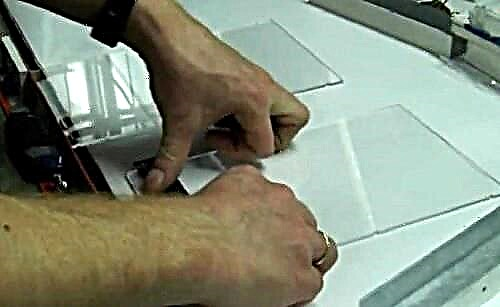
Glass cutouts

Now it remains to fix the diffuser on the lamp. For large lamps, such as Armstrong, this element is attached to aluminum profiles. The frame from the profile may have a round or rectangular shape. The first type is often used for home lights and car headlights, but the second option is for office rooms and corridors.
For street lights, it is important to make such a diffuser so that it can withstand various climatic conditions of its place of operation.
As you can see, making a diffuser for LED-type lighting devices is not so difficult. The main thing here is to determine the type of source material, as well as the final result, what kind of light you need to make - diffused or dimmed. After that, the matter remains small.

